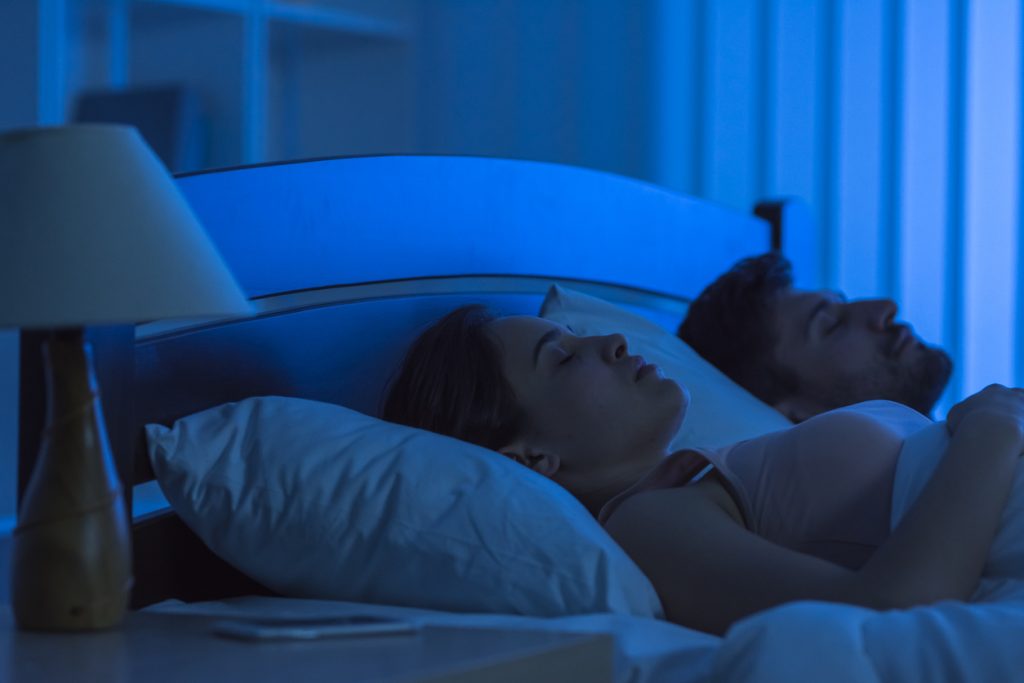In the quest for enhanced mental clarity and optimal cognitive function, an often overlooked yet profoundly influential factor is the alignment of daily life with one’s biorhythms. These intrinsic biological cycles govern not only sleep-wake patterns but also fluctuations in energy, mood, hormone levels, and cognitive performance. Among these rhythms, the circadian rhythm stands out as a critical regulator that synchronizes bodily functions to the 24-hour day-night cycle. When we learn to tune into and respect our natural biorhythms, we unlock the potential to sharpen mental clarity, improve focus, and sustain emotional balance.
This article explores how circadian rhythm syncing influences energy levels and moods, and how embracing lifestyle schedules tailored to different chronotypes—morning larks, night owls, and intermediates—can optimize mental clarity. By understanding and working with our unique biological timing, we can enhance productivity, reduce cognitive fatigue, and cultivate wellbeing.
Understanding Circadian Rhythms and Their Impact on Cognition
Circadian rhythms are endogenous, roughly 24-hour cycles that regulate physiological processes such as sleep, hormone secretion, body temperature, and metabolism. These rhythms are orchestrated by the brain’s suprachiasmatic nucleus (SCN) in the hypothalamus, which acts as a master clock, syncing bodily functions with external cues like light and darkness.
Mental clarity—defined as the ability to think clearly, concentrate, and process information efficiently—is tightly linked to circadian rhythms. Cognitive performance, including memory, reaction time, and executive function, exhibits predictable fluctuations throughout the day influenced by circadian timing. Typically, alertness peaks in mid-morning and again in the early evening, while dips in performance occur in the early afternoon (post-lunch slump) and during nighttime.
Disruptions to circadian rhythms, such as shift work, jet lag, or irregular sleep patterns, can impair mental clarity by causing misalignment between internal biological time and external demands. This misalignment leads to increased cognitive errors, mood disturbances, and reduced problem-solving abilities.
Chronotypes: Your Unique Biological Timing
Chronotype refers to an individual’s natural preference for timing of sleep and activity within the 24-hour cycle. It reflects innate variations in circadian rhythm phase and amplitude. The three main chronotypes are:
- Morning Larks: Prefer early wake times, peak energy, and mental alertness in the morning hours, and early bedtimes. They often perform best on cognitively demanding tasks in the first half of the day.
- Night Owls: Naturally inclined toward later bedtimes and wake times, with peak alertness in the late afternoon or evening. They may struggle with early morning schedules but excel in tasks performed later in the day.
- Intermediate Types: Fall between larks and owls, with moderate preferences and more flexible sleep-wake timing.
Recognizing one’s chronotype is key to aligning daily schedules with biological predispositions, thereby maximizing mental clarity and reducing cognitive strain.
Circadian Synchronization Strategies for Mental Clarity
- Light Exposure Management
Natural light is the primary zeitgeber (time cue) for circadian entrainment. Morning exposure to bright, blue-enriched light suppresses melatonin release, enhancing alertness and setting the rhythm for the day. Conversely, limiting evening light exposure, especially from screens emitting blue wavelengths, supports melatonin secretion and prepares the brain for restorative sleep. - Consistent Sleep-Wake Schedule
Maintaining regular sleep and wake times—even on weekends—reinforces circadian alignment. This stability enhances sleep quality, leading to better cognitive function during waking hours. - Timed Nutrition
Eating meals at consistent times supports metabolic circadian rhythms. Avoiding heavy meals late at night can prevent disruptions in digestion-related signals that affect sleep and energy. - Scheduled Physical Activity
Exercise timing influences circadian rhythms and cognitive function. Morning or early afternoon workouts boost alertness and mood, whereas vigorous late-night exercise may delay sleep onset. - Mindful Napping
Short naps (10-20 minutes) during early afternoon circadian dips can restore alertness without interfering with nighttime sleep.
Lifestyle Schedules Tailored to Chronotypes
Morning Larks:
Morning larks thrive on early rising and capitalize on peak mental clarity soon after waking. Their schedules might include waking around 5-6 a.m., engaging in focused work between 7 a.m. and noon, followed by moderate physical activity. Early dinners and winding down by 9-10 p.m. support their circadian rhythm. For mental clarity, morning larks should schedule demanding cognitive tasks in the early hours and reserve less intense activities for the afternoon.

Night Owls:
Night owls perform best later in the day, often struggling with conventional early schedules. To harness their peak clarity, night owls might plan wake times around 9-10 a.m., with cognitive work peaking in the afternoon or evening. Flexible work arrangements and minimizing early morning obligations can prevent chronic sleep deprivation. Exposure to bright light in the afternoon and early evening supports alertness, while dimming lights before bedtime around midnight helps signal sleep onset.
Intermediate Types:
Intermediate chronotypes enjoy moderate schedules, waking between 7-8 a.m. and experiencing multiple peaks of alertness throughout the day. They benefit from balanced task scheduling, alternating high-demand cognitive work during mid-morning and early evening with breaks or lighter tasks in the afternoon.
Mental Clarity Through Biorhythm-Aligned Productivity
Applying biorhythm insights to daily productivity involves matching tasks to natural energy fluctuations. For example, complex analytical tasks requiring high executive function are best scheduled during peak circadian alertness, while routine or creative activities can be slotted during lower-energy periods.
Integrating mindful breaks aligned with circadian dips, such as the early afternoon slump, helps prevent cognitive fatigue. Techniques like the Pomodoro method—working in focused intervals with short rests—can complement biorhythm-based scheduling.
Mental Health Benefits of Circadian Alignment
Beyond cognition, circadian synchronization supports emotional regulation and mental health. Misaligned rhythms are linked to increased risks of depression, anxiety, and mood disorders. Proper alignment stabilizes mood by regulating neurotransmitters and hormone secretion, including serotonin and cortisol.
Sleep quality, tightly coupled with circadian rhythms, also underpins emotional resilience and cognitive clarity. Chronic circadian disruption increases risk for neurodegenerative diseases, emphasizing the importance of rhythmic consistency throughout life.
Tools and Technologies for Tracking and Aligning Biorhythms
Wearable devices and smartphone apps now enable individuals to monitor sleep patterns, heart rate variability, and activity rhythms, providing personalized insights into circadian alignment. Tools like light therapy lamps assist those with seasonal affective disorder or irregular schedules to reset their internal clocks.
Biofeedback and chronotherapy protocols are emerging clinical interventions that harness circadian principles to treat mood disorders and improve cognitive function.
Challenges and Future Directions
While biorhythm tuning offers clear benefits, societal demands and modern lifestyles pose challenges. Shift work, global travel, and digital distractions frequently disrupt natural rhythms. Public health initiatives to promote circadian-friendly policies—such as flexible work hours and school start times aligned with adolescent chronotypes—are gaining momentum.
Further research is needed to understand individual variability and to develop personalized chronotherapy approaches for cognitive and mental health optimization.
Conclusion
Tuning into your biorhythms by syncing lifestyle habits with circadian and chronotype-specific patterns can significantly enhance mental clarity, productivity, and emotional wellbeing. Recognizing the natural ebbs and flows of energy and cognition allows for smarter scheduling of tasks and self-care, minimizing cognitive fatigue and supporting brain health. In a world that often demands constant output, honoring our internal biological clocks is a transformative step toward sustainable mental clarity and holistic wellness.










































